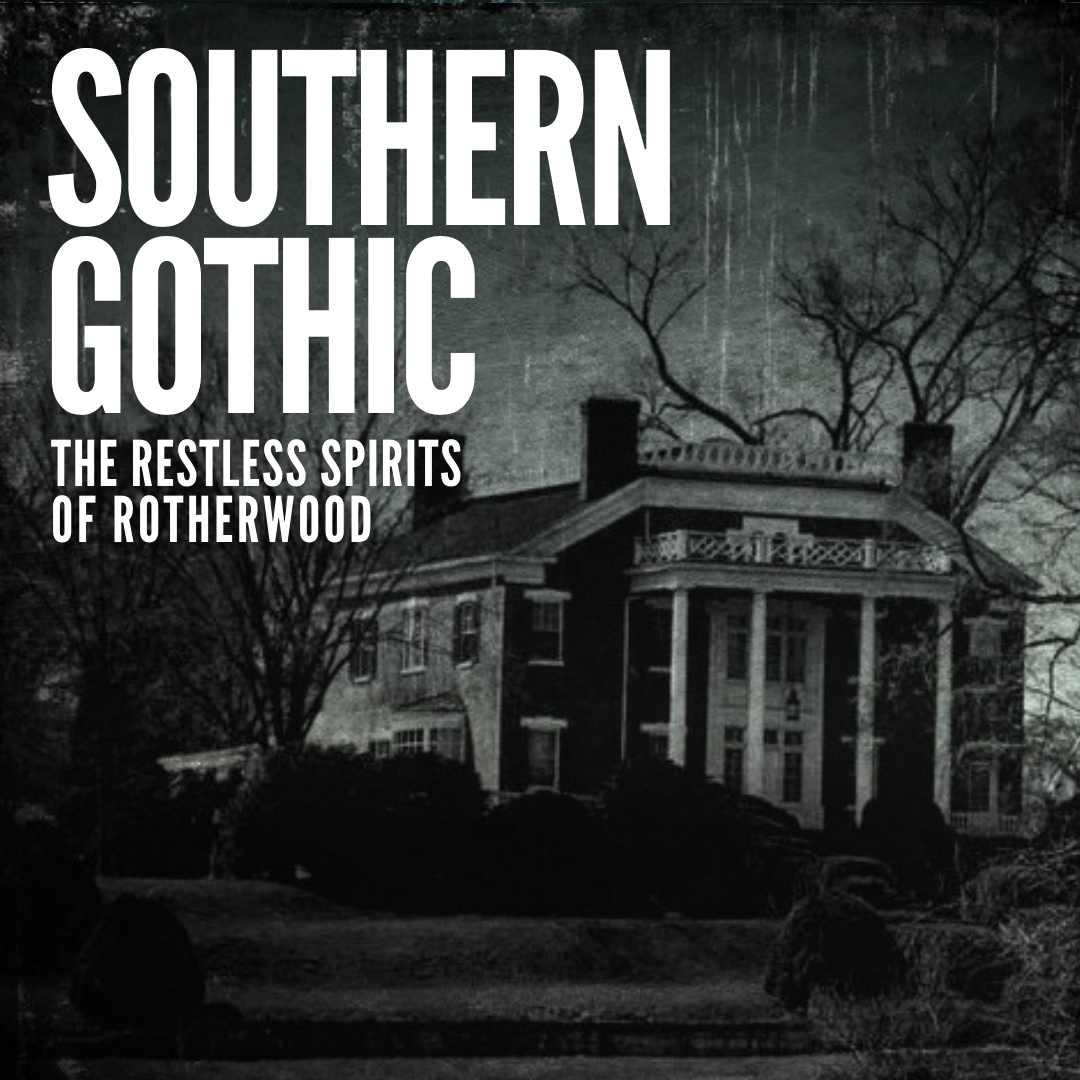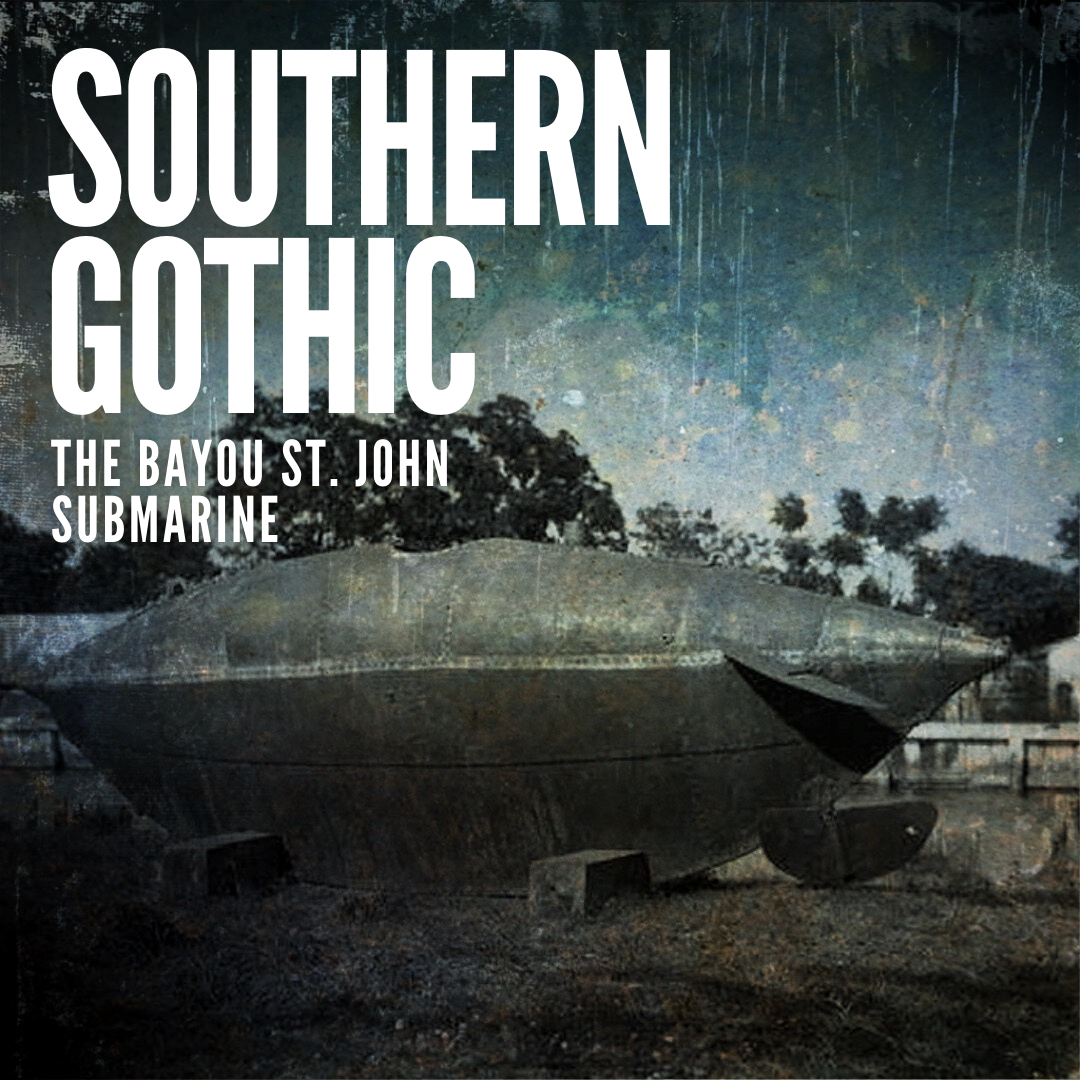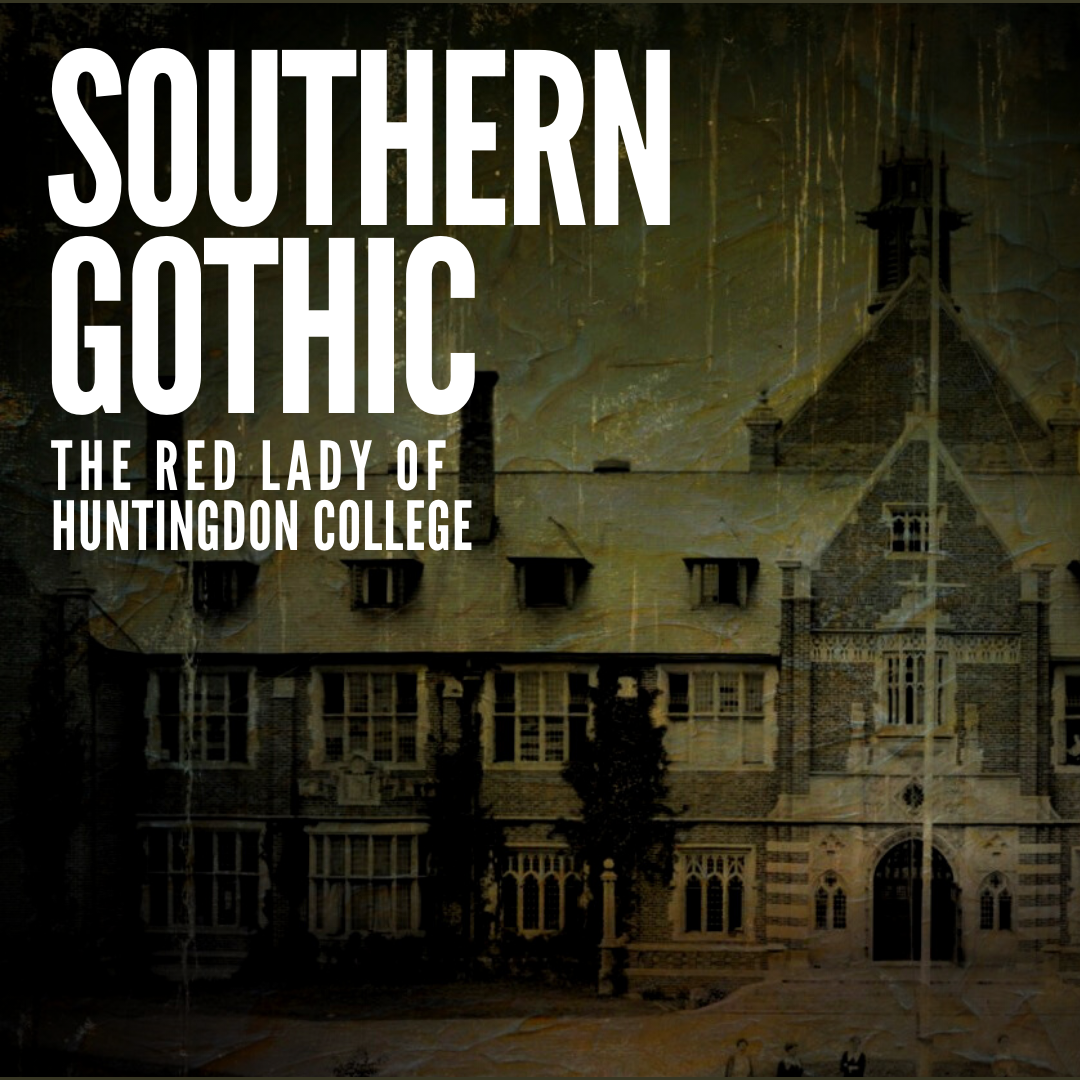“Ghosts bridge the past to the present; they speak across the seemingly insurmountable barriers of death and time, connecting us to what we thought was lost. They give us hope for a life beyond death and because of this help us to cope with loss and grief. Their presence is the promise that we don’t have to say goodbye to our loved ones right away.””

One Home, Two Very different Spirits…
On the west side of Kingsport, Tennessee is Rotherwood, an old antebellum mansion overlooking the spot where the two forks of the Holston river come together. Today this red brick structure is privately owned, but according to local lore, it is home to more than just the living.
For the last half a century, stories have placed at least two spirits on the ground of Rotherwood Mansion. First is the beautiful “Lady in White,” Rowena Ross who is forever searching for her lost love who died before they had a chance to marry. Second is the notorious Joshua Phipps who is said to have delighted in the torture of his enslaved workforce and ultimately died a horrifying death. But what is the truth behind the legends of Rotherwood, we may never know.
Sources:
Barton, Steve. “Cold Spots: Rotherwood Mansion.”Dread Central. July 15, 2019. https://www.dreadcentral.com/cold-spots/12474/cold-spots-rotherwood-mansion/.
Brown, Alan. Haunted Tennessee: Ghosts and Strange Phenomena of the Volunteer State. Mechanicsburg, PA: Stackpole Books, 2009.
Dickey, Colin. Ghostland: An American History in Haunted Places. New York: Viking, 2016.
Dugan, Nick. “Haunted Tri-Cities: Tales from Kingsport’s Rotherwood Mansion.” WJHL News. October 29, 2021. https://www.wjhl.com/haunted-tri-cities/haunted-tri-cities-tales-from-kingsports-rotherwood-mansion/
Dykes, Pete. Haunted Kingsport: Ghosts of Tri-City Tennessee. Mount Pleasant, SC: Arcadia Publishing Inc., 2008.
Hendricks, Nancy. Haunted Histories in America: True Stories Behind the Nations Most Feared Places. Santa Barbara, CA: ABC-CLIO, 2020.
Leonard, Austin. “The Legends of Rotherwood Mansion.” The Kayseean. March 11, 2021. https://thekayseean.com/life-and-culture/the-legends-of-rotherwood-mansion/.
Ross, Rev. Frederick Augustus. The Story of Rotherwood from the Autobiography of Rev. Frederick A. Ross., D.D. Edited by Charles C. Ross. Knoxville, TN: Bean, Warters & Co., 1923. Google Books. https://books.google.com
Rotary Club of Kingsport, Tennessee. Kingsport: The Planned Industrial City. Kingsport, TN: Kingsport Press, Inc. 1946. Internet Archive. https://archive.org/details/kingsportplanned00rotarich/.
Scoggins, Katherine. “History on display at Rotherwood’s bicentennial celebration.” Kingsport Times News. September 16, 2018. Updated July 6, 2020. https://www.timesnews.net/.
Simmons, Shane. A. Legends and Lore of East Tennessee. Mount Pleasant, SC: Arcadia Publishing Inc., 2016.
“Will of Joshua Phipps.” Hawkins County Genealogy & History. Updated March 10, 2014. https://tngenweb.org/hawkins/phipps-joshua-will/





















































